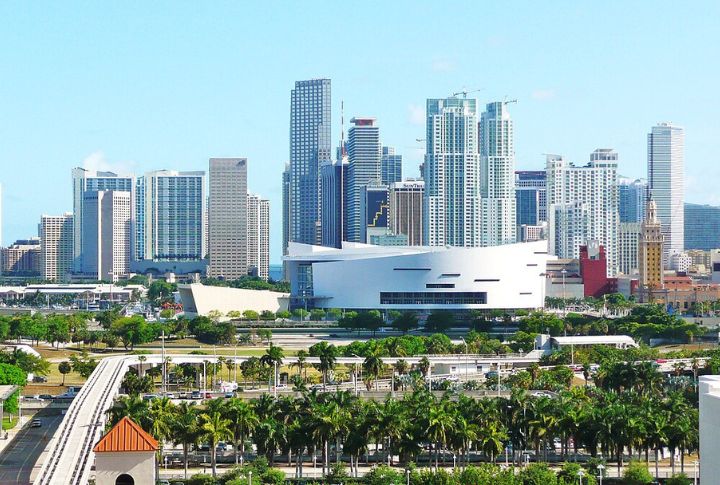
Dream destinations don’t always stay dreamy. As living costs soar and expectations evolve, certain cities that once promised opportunity and charm now leave residents and visitors wondering if the price is still worth it. See how changing lifestyles and inflated costs are reshaping the appeal of these 10 iconic urban centers.
Austin

What was once a quirky college town has transformed into an expensive tech hub. Locals who saw Austin as affordable now face soaring prices that have nearly doubled in just a few years. The vibrant, offbeat charm that made the city famous is now fading.
Miami
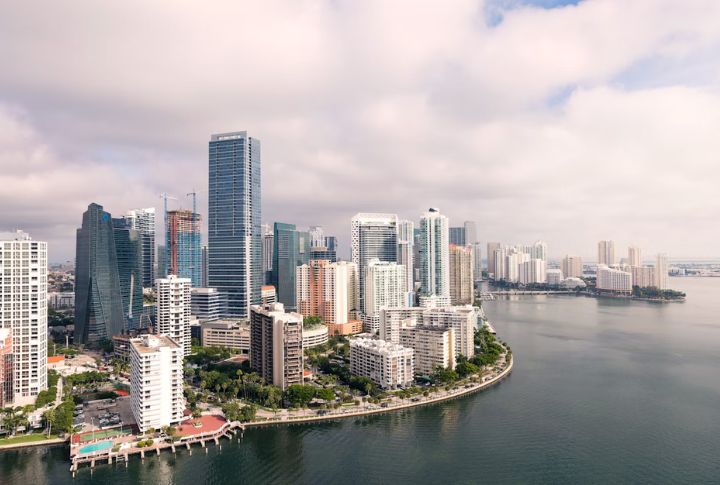
Miami became a magnet for remote workers, but locals are paying the price. Rents shot up, wages didn’t, and now even a simple cup of coffee costs like a cab ride. With Airbnb rates rivaling Manhattan, the city feels less like home and more like a luxury destination.
San Francisco

Despite a population dip, the costs in the City by the Bay have not fallen. CNBC reported in February 2025 that a one-bedroom apartment in San Francisco still costs over $3,000 monthly, while everyday basics are 20-50% higher than the national average. This financial gap forces many residents into difficult living situations.
Nashville
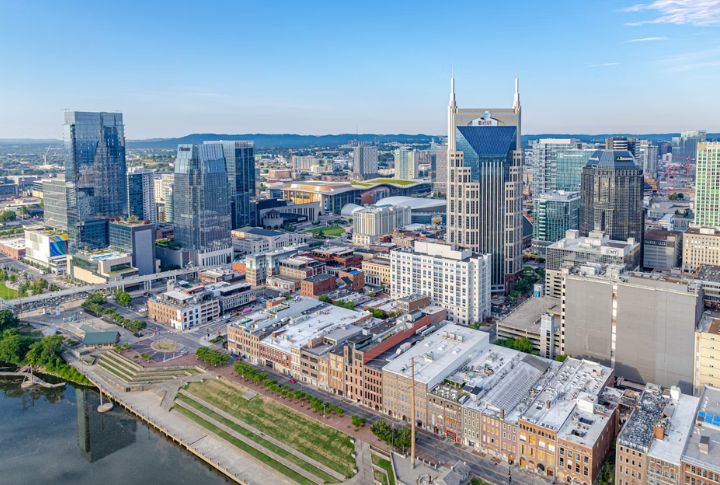
A sharp rise in Nashville rent since 2020 has made it harder for longtime residents to stay in their communities. East Nashville, once defined by its music history, is now dominated by investor-owned Airbnbs and high-end condos, leaving affordable housing scarce.
Boulder

Living with a million-dollar average home price is a harsh reality here. In Boulder, basic expenses rank among the highest nationwide, and students often pay over $1,000 for a bunk bed. In fact, residents are now driving to Denver just to find groceries they can afford.
Charleston

A mix of history and coastal charm has attracted a flood of developers and out-of-town buyers. Historic neighborhoods now feature second homes and vacation rentals, and families who have lived there for generations are moving inland to avoid being priced out of Charleston completely.
Honolulu

Even by big-city standards, Honolulu’s cost of living is extreme. Basic groceries, gas, and utilities come with shockingly high price tags. Many restaurants often tack on “island surcharges,” leaving families budgeting harder than almost anywhere else in the U.S. just to survive.
Portland
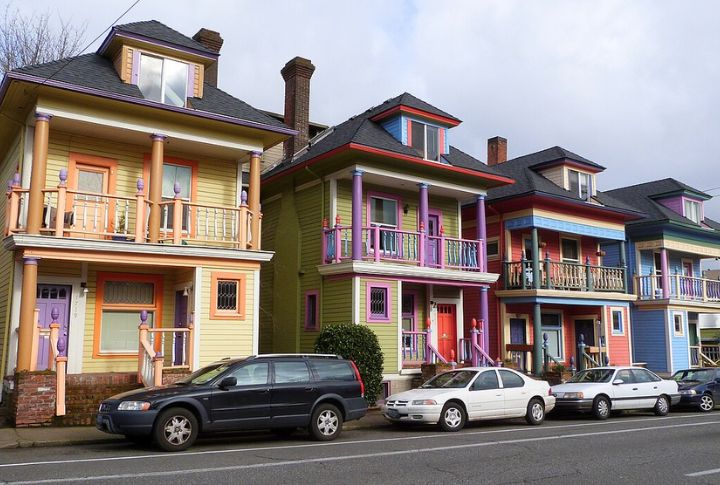
Following 2020, the Portland Rental Homes state that rental rates in a key Pacific Northwest city surged by 40%, with ripple effects reaching far beyond housing. Dining out in Portland is now as expensive as fine dining, and even food carts have raised prices. The city’s unique, offbeat spirit is being replaced by something much more costly.
Jackson Hole
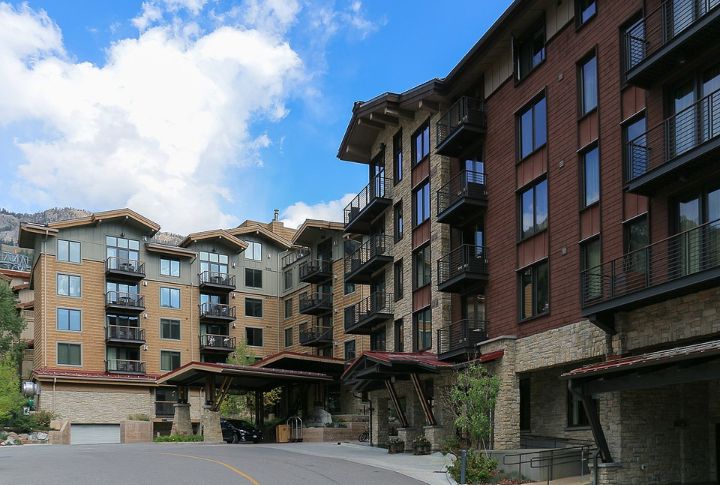
A destination of postcard beauty conceals a harsh reality for local workers. With tech billionaires buying up land, Jackson Hole’s housing prices have skyrocketed. Many employees are now living in trailers, and employers frequently need to provide housing just to fill essential jobs.
Sedona

It’s hard to find peace in Sedona these days unless you can pay for the skyrocketing property prices. The red rocks and hiking trails in the city once defined a sleepy desert town. Now, short-term visitor rentals have replaced long-term resident housing, forcing displaced locals to move to more affordable nearby towns.

